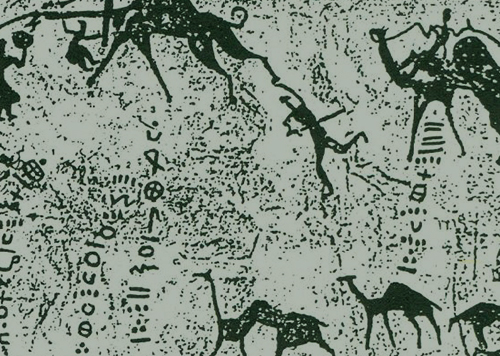By Anna Lazarou
ABSTRACT
The purpose of this research is to highlight some characteristic examples of the golden works depicting the gorgoneio and Gorgon. These works are part of the wider chronological and geographical context of the ancient Greek world. Twenty six artifacts in total, mainly jewelry, as well as plates, discs, golden bust, coins, pendant and a vial are being examined. Their age dates back to the 6th century. B.C. until the 3rd century A.D. The discussion is about making a symbol of the deceased persist for long in the antiquity and showing the evolution of this form. The earliest forms of the Gorgo of the Archaic period depict a monster demon-like bellows, with feathers, snakes in the head, tongue protruding from the mouth and tusks. Then, in classical times, the gorgonian form appears with human characteristics, while the protruded tusks and the tongue remain. Towards Hellenistic times and until late antiquity, the gorgoneion has characteristics of a beautiful woman. Snakes are the predominant element of this gorgon, which either composes the gargoyle’s hairstyle or is plundered like a jewel under its chin. This female figure with the snakes is interwoven with Gorgo-Medusa and the Perseus myth that had a wide reflection throughout the ancient times.
![]()


